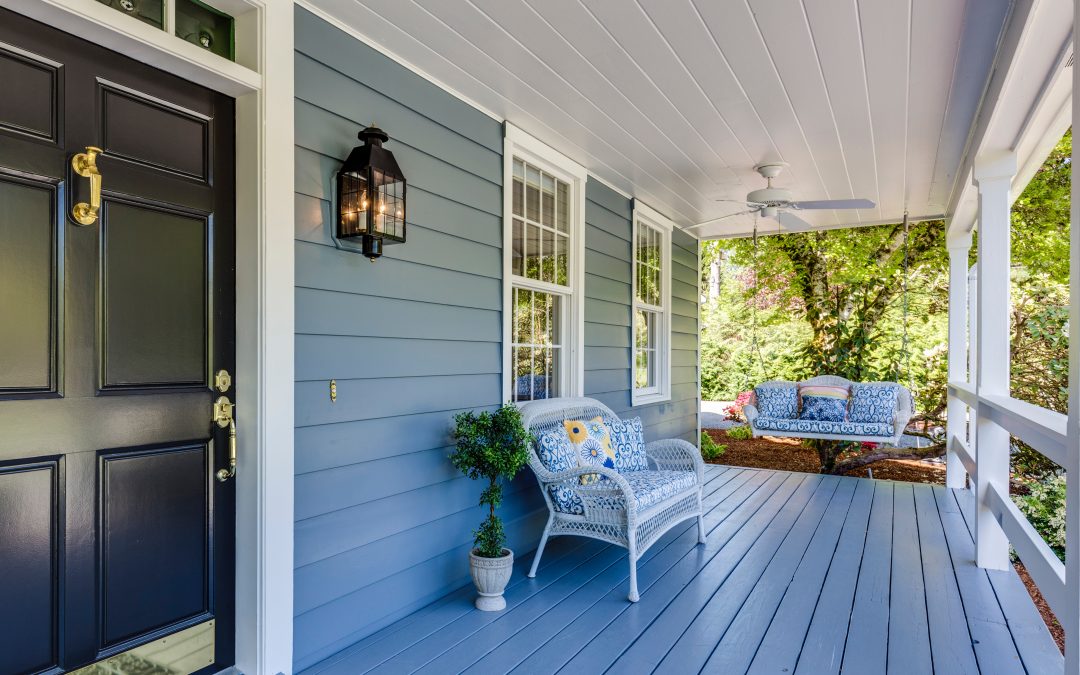What to Look for When Buying a House Checklist
All homeowners and potential homeowners want to avoid that “oh no!” moment where after moving in, you realize that you or your inspector may have missed something crucial, and the “oh no, what do we do now?” moments occur. Those are usually followed by “Oh no, this is going to cost us a lot of money” moments.
Of your own accord, do some checking and inspecting of your own in these particular areas:
Are the floors cupping?
Wood floors that are cupped or are cupping (where the edges of the slats curve upwards0 are an indication of excess moisture most likely occurring in the crawl space.
Moisture can mean mold, which is a problem you don’t want a house you’re considering to have.
Any staining or mold growth
Check the ceilings, the walls, where the chimney sits; look around the windows and in areas prone to moisture like bathrooms.
Check the windows
Typically on the perimeter of the house, look for any warping, rot or caulking. Check to see if there’s any condensation or moisture on glass.
Look at the vent grills
Is there rust on the vent grills? That’s another indication of moisture, and a sign that the HVAC system is not functioning properly, where it’s either too big or too small.
Check the tiles in the bathroom
Are they in place or are they loose? If the bathroom tile is loose, there’s a leak somewhere.
If there’s one thing wrong with that house, there’s many things wrong with that house so don’t et distracted by the ornate details like crown molding, and look at the entire space. When in doubt, ask your inspector and your realtor – they’re working for you, everything should be done in your best interest and remember: There are no stupid questions when looking for a new home.
Don’t Get Distracted
A house might have pretty details like fancy lights or crown molding, but don’t ignore the important stuff. If you see one problem, there are likely more. Always ask your inspector and realtor questions—they work for you, and no question is too small.
Final Tip: Bring a flashlight when touring homes. It helps spot leaks, cracks, and other hidden issues. Taking time to check these things now can save you money and stress later.
Frequently Asked Questions
1. What Should I Look for in a Home Inspection Checklist?
A good home inspection checklist includes:
-
Moisture & Mold: Check for stains, warped floors, or musty smells.
-
Roof & Attic: Look for leaks, damaged shingles, or poor insulation.
-
Plumbing: Test faucets, toilets, and water pressure.
-
Electrical: Check outlets, circuit breakers, and exposed wiring.
-
HVAC: Turn on heating/cooling to see if it works well.
-
Foundation: Look for cracks or uneven floors.
Always hire a professional inspector—they spot hidden problems.
2. What Questions Should I Ask When Viewing a House?
Ask these key questions:
-
“How old is the roof/HVAC/water heater?” (Old systems cost more to replace.)
-
“Has there been water damage or mold?” (Look for fresh paint hiding stains.)
-
“Are there any past insurance claims?” (Flood/fire history matters.)
-
“What’s included in the sale?” (Appliances, furniture, repairs?)
-
“How much are monthly utilities?” (High bills mean poor insulation.)
The more you ask, the fewer surprises later.
3. What Do First-Time Home Buyers Forget to Check?
Most first-time buyers miss:
-
Noise Levels: Visit at different times—is it near a busy road?
-
Cell Service & Internet: Check signal strength in all rooms.
-
Storage Space: Is there enough closet/cabinet space?
-
Future Repairs: Will the furnace or AC need replacing soon?
-
Neighborhood Safety: Look up crime rates and talk to neighbors.
Small annoyances become big problems after moving in.
4. What Are Red Flags at an Open House?
Watch out for:
-
Fresh Paint in One Spot (Could hide water damage.)
-
Doors/Windows That Stick (Sign of foundation issues.)
-
Musty Smells (Mold or sewage problems.)
-
Cracks in Walls/Floor (Could mean settling or structural damage.)
-
Poor Drainage (Standing water = basement flooding risk.)
If something feels off, ask the realtor or inspector.
5. What Do Lenders Look for When Approving a Mortgage?
Lenders check:
-
Credit Score (Good score = better interest rates.)
-
Debt-to-Income Ratio (How much you owe vs. earn.)
-
Down Payment (20% avoids PMI, but some loans allow less.)
-
Job History (Stable income = lower risk.)
-
Appraisal Value (House must be worth the loan amount.)
Get pre-approved before house hunting to save time.
